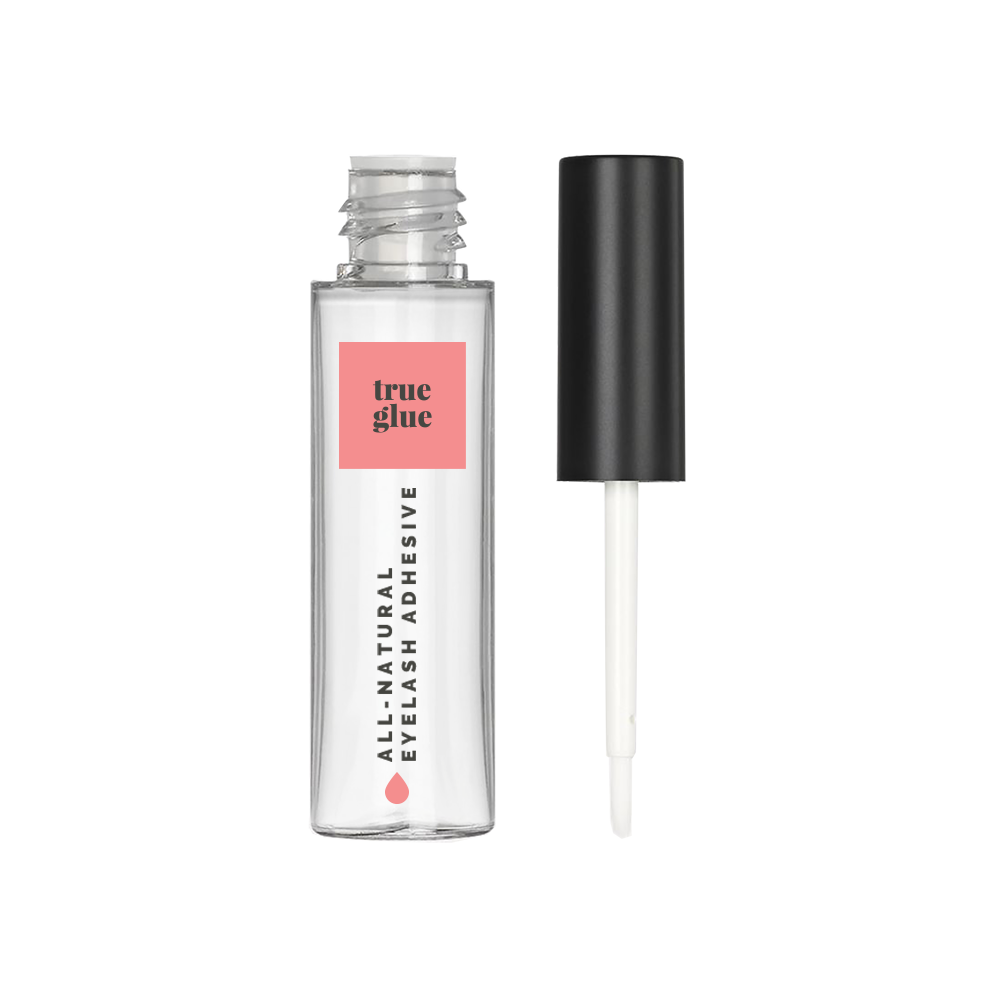The term “chemical-free” is often used to describe products that promise to be gentler on the skin and more environmentally friendly. However, navigating the world of chemical-free cosmetics can be tricky, especially when it comes to understanding labels and ingredient lists. Below, is a guide to help you identify chemical-free cosmetics and make informed decisions.
Learn the Basics of Cosmetic Ingredients
Before diving into labels, it’s important to understand what you’re looking for. Natural cosmetics often use ingredients derived from plants, minerals, and other naturally occurring substances. Common natural ingredients include:
Aloe Vera: Known for its soothing and moisturizing properties.
Shea Butter: A rich moisturizer that helps to heal and protect the skin.
Coconut Oil: Moisturizing and antimicrobial properties.
Essential Oils: Natural oils extracted from plants, used for fragrance and therapeutic benefits.
Conversely, chemical-laden cosmetics often contain synthetic compounds, some of which can be harsh or potentially harmful. Ingredients to watch out for include:
Parabens: Preservatives that can mimic estrogen and disrupt hormonal balance.
Phthalates: Often found in fragrances, these can affect the reproductive system.
Sulfates: Harsh cleansing agents that can strip natural oils from the skin and hair.
Formaldehyde: A preservative and known carcinogen.
Understanding Label Terminology
Labels can be confusing and sometimes misleading. Here’s what some common terms mean:
Natural: This term isn’t regulated, so it can be used freely without meeting specific standards. Always check the ingredient list to verify.
Organic: Indicates that ingredients are grown without synthetic pesticides or fertilizers. Look for certification from reputable organizations like USDA Organic.
Non-toxic: Suggests that the product does not contain ingredients deemed harmful, but this term also lacks strict regulation.
Hypoallergenic: Implies that the product is less likely to cause allergic reactions, but it doesn’t guarantee safety for all users.
Decoding the Ingredient List
Ingredients on cosmetic labels are listed in descending order by quantity. Here’s how to read and interpret these lists:
Look for short ingredient lists: Generally, fewer ingredients mean fewer chances of unwanted chemicals.
Identify key natural ingredients: Ensure beneficial ingredients are listed towards the beginning of the list.
Beware of scientific names: Natural ingredients often have scientific names (e.g., Aloe Barbadensis for aloe vera). A quick search can help you identify them.
Watch for hidden chemicals: Ingredients like “fragrance” or “parfum” can be catch-all terms for undisclosed synthetic chemicals.
Certification and Seals to Look For
Certifications can provide an additional layer of assurance. Look for seals from organizations such as:
USDA Organic: Ensures that the product meets strict organic standards.
COSMOS Standard: A global certification for organic and natural cosmetics.
ECOCERT: A European certification body that ensures environmental and social criteria are met.
Do The Research
Brands committed to transparency often provide detailed information about their ingredients and sourcing practices. Reading reviews and testimonials can also offer insights into product efficacy and safety. It is always a great idea to take the time to do a little research on products with ingredients you may be unfamiliar with.
Identifying chemical-free cosmetics requires a bit of knowledge and vigilance. By understanding ingredient lists, familiarizing yourself with common terms, and looking for reputable certifications, you can make informed decisions and choose products that are better for your skin and the environment. We wish you luck and love on your journey towards a chemical-free, better you.














